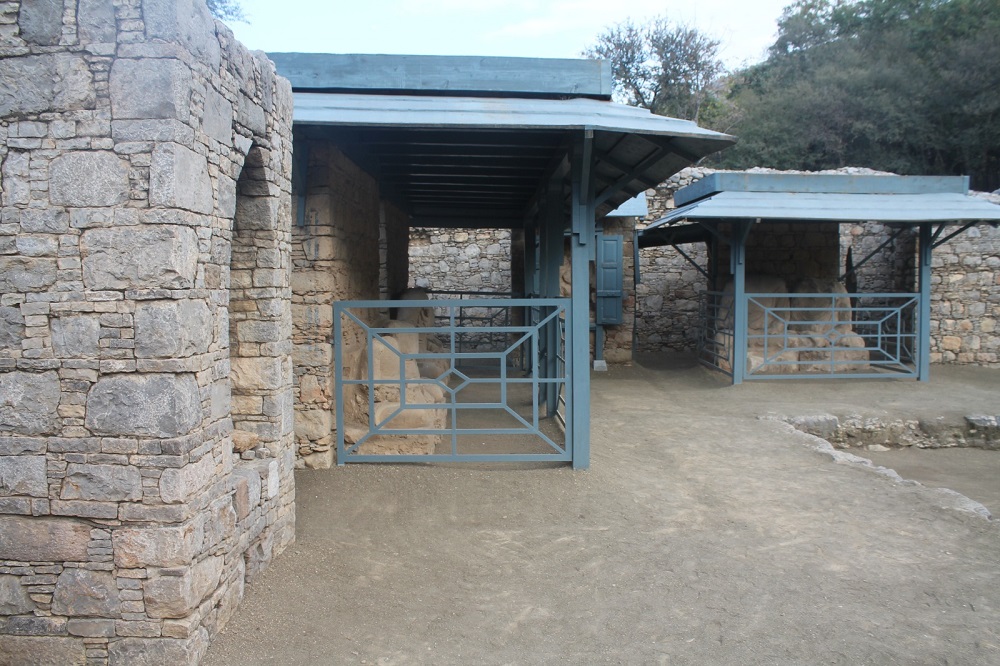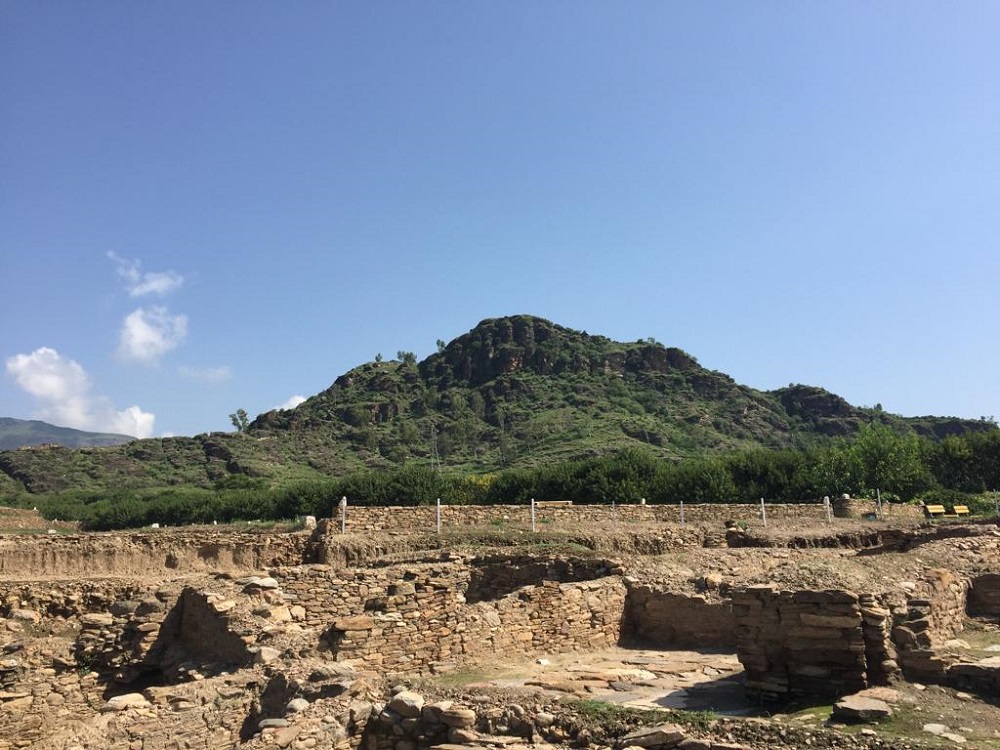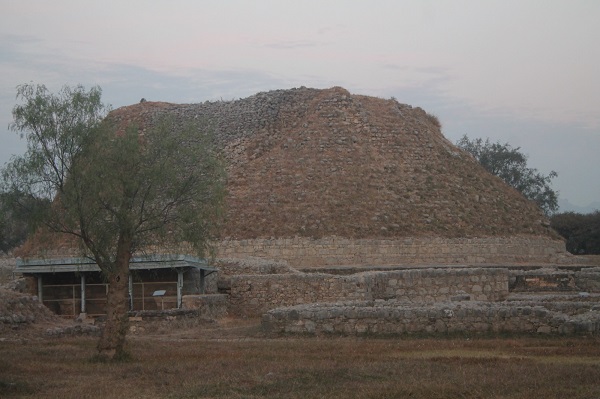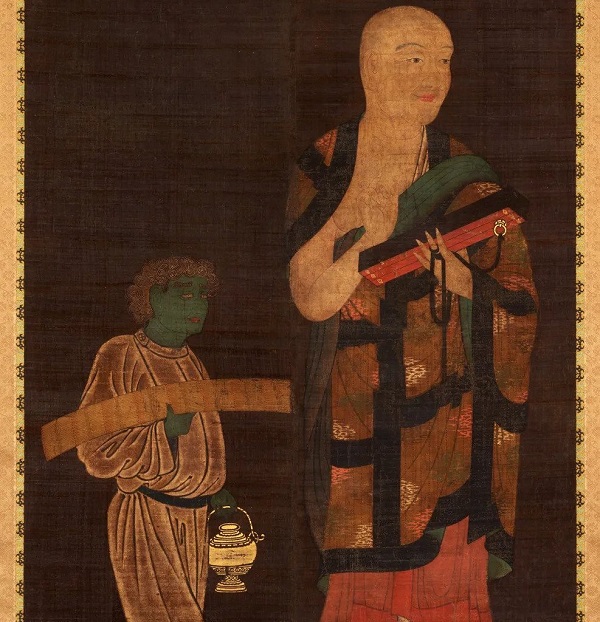Written by: Sirat Gohar Daudpoto
Posted on: June 13, 2023 |  | 中文
| 中文
Map of Gandhara region, from Jalalabad (Afghanistan) to Taxila, Swat and Peshawar in Pakistan
Relationship between China and Pakistan, be it monachal, commercial or diplomatic, is an ancient phenomenon. There is enough evidence showing that the people of these two countries were in close contact since ancient times. The accounts of the Chinese Buddhist pilgrims who came to Gandhara in the middle of the first millennium CE are noteworthy in this regard, containing an incredible amount of information not merely related to Buddhism but also about people, environment, society, economy, customs and traditions. Their travels to Gandhara are an interesting episode of the story of a long-standing China-Pak friendship, which is worth reiterating in the present context, especially, when both countries are doing their best to maintain and strengthen their relationship.
Gandhara was central to the Silk Road, as it was located on the Uttarapatha or ancient northern route of the Indo-Pakistan Subcontinent. Gandhara, meaning the “land of fragrance”, is a historical region incorporating the fertile and mountainous valleys of present-day northwestern Pakistan and eastern Afghanistan. Due to its geographic setting, it has often been described as the crossroads of civilizations and the meeting place of East and West. Above all, Gandhara is known for Buddhism and its spread into China, from where it reached Central Asia, Japan, Korea and other countries. Through several roads emanating from this region, Gandhara connected the Indian Subcontinent with the Silk Road world. It was a well-traveled route, when the early Chinese pilgrims took this route to Subcontinent, similarly, Indian (and Pakistani) Buddhist travelers also made their journey to China via the Gandhara route.
The early historical accounts of the Buddhist travelers mention hundreds of Chinese pilgrims who visited the Subcontinent in the period of 4th-7th century CE. In a personal conversation with the author, Prof. Li Xiguang said that almost all of those early Chinese Buddhist pilgrims visited Gandhara. But only those are remembered who have left a written record of their journey or those whose names are recorded in the accounts of their travels. However, others who did not get their names written in the travelogues of their companions are only mentioned as fellow traveler(s) playing a supporting role in their story. Now you can understand why the names of some pilgrims appear again and again in history, and why just a few have got a special place in the religious history of China and South Asia.

Mohara Moradu Buddhist Monastery in Taxila, which was visited by the Early Chinese Buddhist Pilgrims
And when it comes to Chinese Buddhist pilgrims who traveled to the Gandhara region, the names of Faxian, Song Yun, Huisheng and Xuanzang come to mind, and they visited Gandhara in the 5th, 6th and 7th centuries CE respectively. According to the recorded history, Faxian was the first Chinese Buddhist monk, who in search of Buddhist scriptures, set out for his journey to ancient India and Pakistan in 399 CE. He entered the Gandhara region in 402 CE and traveled across the Subcontinent and Sri Lanka till 412 CE, when he went back to China by the Maritime Silk Route. Dr. Kiran Shahid Siddiqui writes in her article entitled “Nomenclature and Geography of Ancient Gandhara” that “[Faxian] calls Gandhara as Kin-to Wai and identifies it as a region, which was visited by Buddha when he was a Boddhisattva, who sacrificed his eyes here as an act of charity”. Faxian’s travel account was translated by James Legge and it is titled “A Record of Buddhist Kingdoms: Being an Account by the Chinese Monk Fa-Hien of his Travels in India and Ceylon (A.D. 399—414)”.

Archaeological site of Barikot, Swat, showing the remains of an ancient city of Uddiyana in the Gandhara region
After Faxian, Song Yun and his fellow Buddhist pilgrim Huisheng came to Gandhara in 518 CE and returned to China in 522 CE, and he took along with him 117 Buddhist texts. The information about his journey in Gandhara is given in “Loyang Jielanji” and other ancient Buddhist works. The very famous Buddhist monk Xuanzang was the last among the early Chinese pilgrims. He visited Gandhara, which he called Kien-to-Lo, and traveled through the Subcontinent between 629 CE and 645 CE in order to obtain the religious texts of Buddhism. By the time he left Gandhara, he had with him over 650 Buddhist texts which he brought to China. Xuanzang has given a description of Gandhara in his travelogue. According to Dr. Siddiqui’s article mentioned above, “The kingdom of Gandhara is about 1000 li from east to west, and about 800 li from north to south. On the east are borders on river SIN (Sindh). The capital of country is called Po-lu-sha-pu-lo and is about 40 li in circuit. The country is rich in cereals, and produces a variety of flowers and fruits, and abounds in sugar-cane, from the juice of which they prepare “the solid sugar”. The climate is warm and moist, and in general without ice or snow. The disposition of the people is timid and soft, they love literature, most of them belong to the heretical schools, while a few believe in the true law.” Xuanzang’s travelogue is called “Si-yu-ki” or “The Records of the Western World”.
In ancient times, Gandhara was a center of Buddhism and it is from this land Buddhism reached China and Central Asia, especially during the Kushan rule around the 1st and 2nd century CE. In a personal conversation with the author, Prof. Li Xiguang said that Buddhist monks came to Gandhara because it was a holy land for the Chinese. Many of these historic sites, located in Pakistan, such as in Swat and Gilgit Baltistan, are still being preserved and renovated, in order to increase religious tourism and to attract Buddhist monks from around the world.


You may also like: